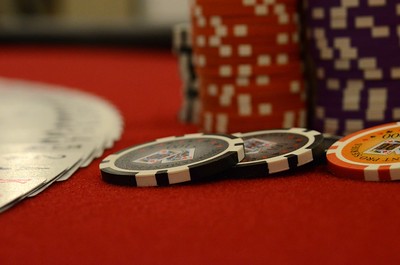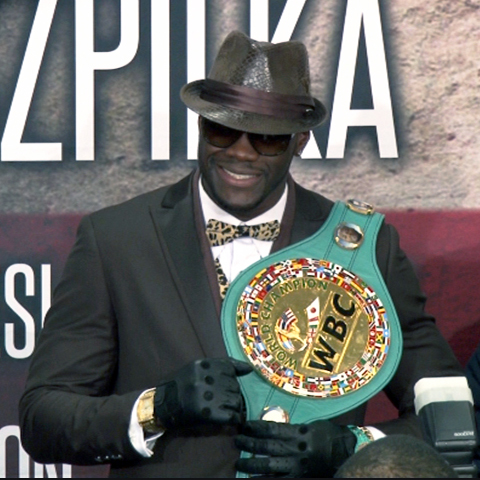Who is the "father" of the soccer ball?
Over 260 million people around the world are passionate about their favorite ball game. Football, in addition to being the most popular, is undoubtedly the most loved sport on a global scale. Teamwork, emotional and exciting. This is how every football fan would define his love for him, because football unites nationalities, genders, different ages. And if there are all kinds of theories about its origin, which connect different peoples to the origin of the game, the first of which date from the III century BC in China, then about the appearance of the most important "tool" in it - the ball, they are far from so much.
Ever since the advent of team sports, which unites players in one common goal - to score in the opponent's net, the imagination of the players has run wild. For this purpose, at first the arsonists bet on means at hand - animal intestines. Alas, the non-durable material does not prove to be sufficiently resistant to stronger impacts, which robs the game of emotion and prompts change.
The revolution occurred in 1863, when rubber was introduced into the technology for making the soccer ball. The variations are not limited to this. Similar to the first balls made of animal guts, there are also those made of leather. All this thanks to Charles Goodyear and Domenico Nobeli.
The revolution in the game also coincided with the creation of the Football Association in England. An event that shaped the rules of the game as we know it today. With the creation of general rules, football and everyone involved in it are obliged to meet certain requirements. The ball is no exception. Here are the initial requirements for it, as well as the chronology of its development over the years:
1872 – the circumference of the ball is 68 – 71 cm.
1888 – the ball weighs 370 – 425 g.
1905 – the ball must be made of leather.
1937 - the weight of the ball is 396 - 453 g. 1951 - the ball is allowed to have a white color.
1961 - black and white ball.




